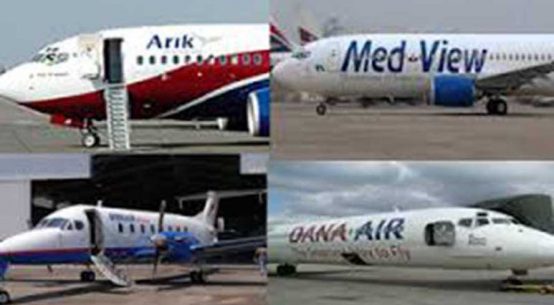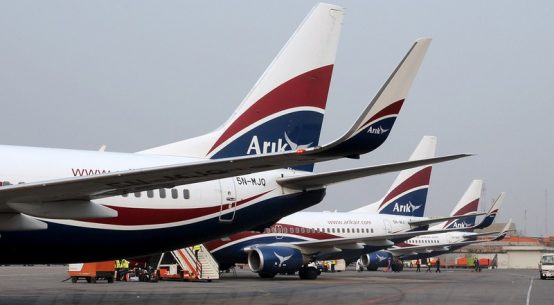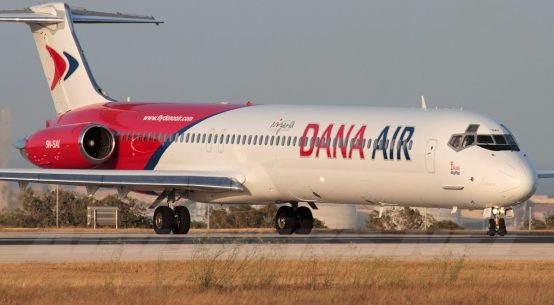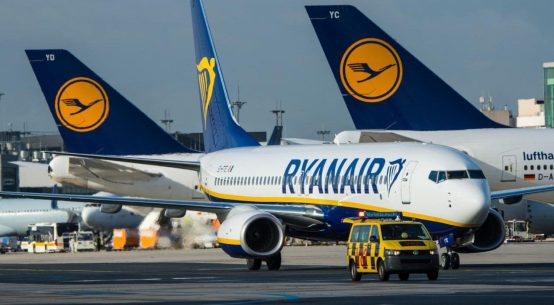
Houston’s Two Airports Under Water
When your United flight from Nashville to Chicago gets canceled later today or tomorrow, or when your Southwest flight from Phoenix to Baltimore in the morning doesn’t fly, you too will be a victim of the unprecedented flooding in Houston caused by Hurricane Harvey.
That’s not to equate the inconvenience and annoyance of having your travel plans disrupted with the massive human tragedy unfolding before our eyes in and around the nation’s fourth largest city and along a 400-mile stretch of the Texas and Louisiana Gulf Coast. But the inter-relatedness of modern American life is clearly on display when what seemingly is a localized natural disaster in southeast Texas can disrupt travel nationwide, and even globally.
As is the case with oil, gasoline and other refined fuels, in aviation what happens in Houston does not stay in Houston. That’s because Sweat City is home to not just one, but two major air transportation hubs. United’s hub at Bush Intercontinental Airport typically operates 483 flights day that carry about 42,300 people a day. Southwest, meanwhile, operates 152 flights a day from Houston Hobby Airport that carry about 20,000 people a day. Bush Intercontinental is the second-largest of United’s seven hubs, ranking behind only its Chicago O’Hare International Airport hub. Hobby Airport, one of the three original Texas airports Southwest served when it launched business in 1971, still ranks as seventh-busiest of the 49 airports Southwest serves.
United is the nation’s third-largest airline. Southwest, which only recently ventured into international flying, is No. 4 but ranks No. 1, by a wide margin, in domestic passengers carried.
Notably, because of the intricately networked way in which airlines schedule their planes those 635 flights that did not operate Sunday from Houston’s two airports translated into something like 3,000 flights that did not operate nationwide because the planes – and the crews – that would have been used to operate those flights either were stuck in Houston or grounded elsewhere for lack of pilots and flight attendants (who were stuck in Houston).
And the same thing likely will happen today and every day until at least Friday. United officials were holding out hope that they would be able to resume operations at Bush Intercontinental today under the assumption that the airport would reopen at noon Central Time. But this morning FAA and airport officials extended the airport’s closure at least through noon on Thursday.
It’s probably just as well. So many neighborhood streets, feeder roads, state highways and Interstates in the greater Houston area are underwater that few United employees – some of whom undoubtedly are dealing with flooded homes – will be able to make it in to work any time in the next few days. Nor are passengers going to be able to reach the airport, which though 60 miles inland and 20 miles north of downtown is built in a marsh that is now awash and threatened by the potential over-topping of a small dam along nearby Little Cypress Creek.
Meanwhile the runways at Hobby, located just south of downtown in one of the lowest lying parts of the city and near out-of-its-banks Sims Bayou, are underwater. With another 20 inches or more of rain predicted to fall on the area in addition to the more than 20 inches that already have come down since Friday the only way Southwest will be getting planes into or out of there between now and at least Thursday will be by affixing giant pontoons to its 737s.
At last check Southwest had 10 airplanes stranded at Hobby. That number would have been 15 but for quick, opportunistic thinking by some Southwest managers on Saturday. They quickly organized five unscheduled evacuation flights to Dallas even after the Federal Aviation Administration officially closed Hobby. With several thousand passengers stuck in its Hobby terminal and no real hope of getting them all out until at least midweek, local Southwest managers scrambled Saturday to find enough pilots and attendants to fly five planes, each loaded to the gills with stranded passengers, out before the relentless rain finally covered the runway with millions of gallons of water. The airline had to get special permission from the FAA to take off since the runway officially was closed and the control tower abandoned. The planes also had to take off before dusk because the runway lights were turned off.
United has not said how many of its planes have been stranded at Bush Intercontinental, but that number likely is between 20 and 40.
But stranded planes aren’t even the worst problem facing United’s and Southwest’s operations. Both carriers base hundreds of pilots and flight attendants in Houston. In many cases that means they start and end their two- to four-day duty periods at Bush Intercontinental or Hobby. But, in many other cases they actually have to catch flights at Houston in order to reach the cities where they are to begin their duty periods. Now, however, they have no way reaching those cities, which means they effectively are unavailable for duty.
Additionally, lots of United and Southwest pilots – based in Houston or not – whose duty periods have come to an end cannot legally fly the planes that pilots stranded in Houston cannot reach. That’s because Federal Aviation Regulations and, to a lesser degree, labor contracts strictly limit the number of hours pilots can fly in a month (a maximum of 100) and how much time they must have off to rest between duty periods.
Those limits are especially problematic now, at the end of August, when most pilots – and most flight attendants, too – are at or very near the maximum number of hours they can work in August. Many of them would not be able to take on voluntary flying assignments until Friday, Sept. 1, even if they were available and willing.
Certainly few Houstonians will be in a position to fly in the week ahead. Nor are many people likely to want to fly to the Houston area. But both Southwest and United would gladly continue to operate there, if they could, because of the critical importance of their respective hubs to their broader national and international networks.
But for now, and for most of this week, those hubs are offline. And if you’re scheduled to fly on United or Southwest this week anywhere else in the nation you likely will feel the down-line effect of one of the most remarkable storms in American history.
Source: Forbes








